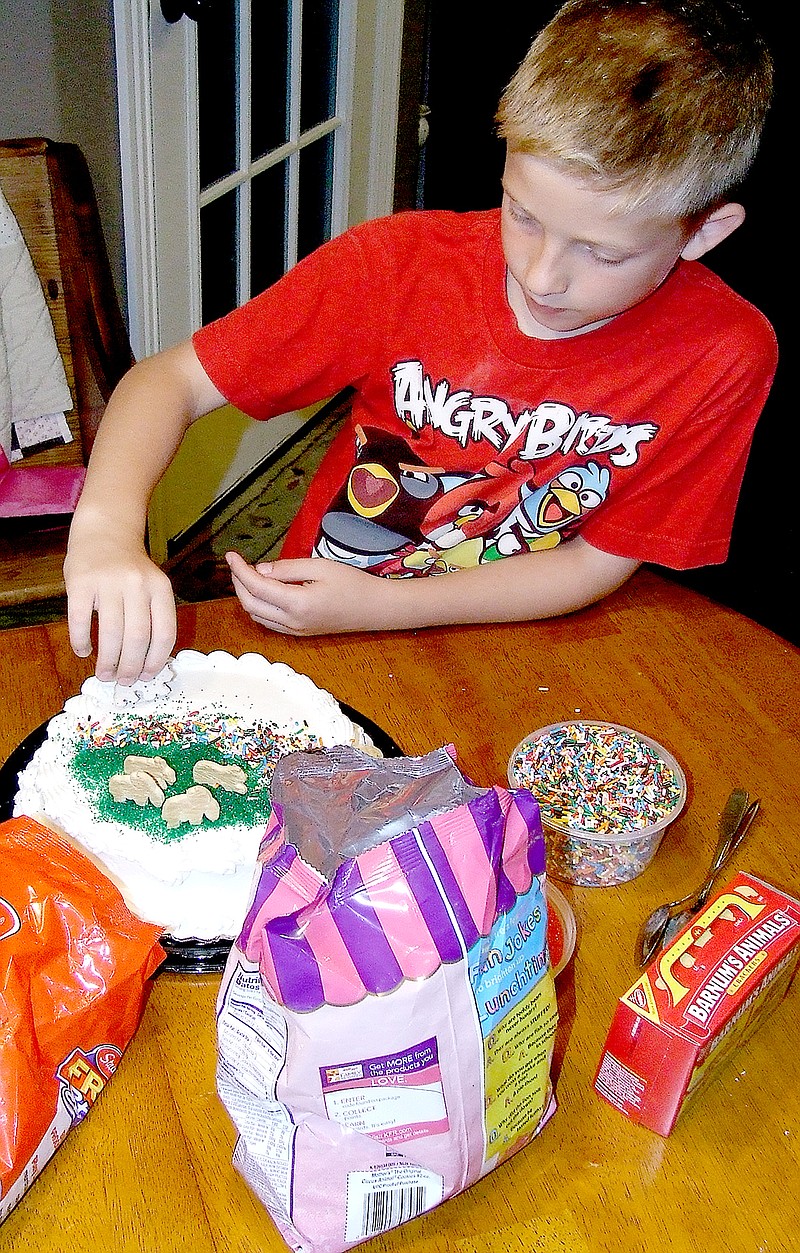The product we know today as Animal Crackers came to America around 1902 but had existed in a similar form since the late 1800s. Food historians generally agree creating small baked goods into fancy shapes began as a Christmas tradition in medieval Germany, but eventually became very popular in Victorian England.
Animal-shaped cookies were imported to America from England. Before long, many of the small, local bakeries in America made different versions of what were known as "Circus Crackers."
With time, these small, independent bakeries began to unite into larger companies such as Stauffer's Biscuit Co., which produced its first batch of animal crackers sometime around the early 1900s in York, Pa. The National Biscuit Co., (now Nabisco) eventually captured the market and retains it still today.
Packaging became an important part of the marketing process and in 1948, the Nabisco animal cracker cookies became known as "Barnum's Animals," named after the Barnum and Bailey Circus. The box eventually took on the look of a circus wagon and during the Christmas season a string was attached so it could be hung on a tree as an ornament. They sold for 5 cents a box and were an immediate success.
While there have been 54 different varieties of animals including tigers, camels, rhinos, kangaroos, lions, elephants, sheep, bears and monkeys to name just a few, today's selection includes 22 different animals. The most recent addition, a koala, beat out a penguin, a walrus and a cobra, and was added in 2002.
In addition to the circus box, which has been around the longest, there have been limited editions of Endangered Animals in 1995, the Chocolate Zoo in 1997 and the Marine Collection in 1998.
In the mid 1900s improved production methods produced better visual details. The animal shapes were originally stamped out of a sheet of dough by a cutter which resulted in the animal outlines but very little detail.
By eventually installing rotary dies, which are still in use today, bakers can engrave details onto each cracker creating more intricate designs.
These tasty little treats are as popular today as they were back in the early 1900s. They are cooked on a 300-foot-long traveling oven baking band and are actually in the oven for about 4 minutes. Approximately 15,000 cartons containing 300,000 crackers are produced in a single shift using 30 miles of string on the boxes.
However, there are 40 million packages sold annually and the string on the boxes would cover 8,000 miles. By any standard, that is a lot of string.
In 1935, Shirley Temple sang the song "Animal Crackers in My Soup," which was used by production companies for advertising. Throughout the years, these distinguished little gems have appeared in Hollywood films as a part of background scenery. And recently a film titled "Animal Crackers" follows a family whose life is turned upside down when a mysterious box of animal crackers magically turns the person who ate one into the animal they ate.
If you have an opportunity to share time and treats with kids or grandkids, what fun to use "Animal Crackers" to decorate birthday cakes or just enjoy as a special treat. Let kids decorate a cake by putting animal crackers around the bottom of a cake just above the plate or stand them up and let them march around the top edge by standing them in the frosting.
So, give them a box of animal crackers and a frosted cake and let them have at it! Or, you might give them plain cookies to frost and then decorate with animal crackers.
Whatever method you choose, you might be amazed at the results.
•••
Burgess has been a Bella Vista resident since 1995. She and her husband, Bruce, are avid cooks.
Community on 07/29/2015
